What did people use before the invention of toilet paper (11 photos)
You can talk for a long time about the achievements of human thought in science and technology, but perhaps everyone will agree in unison that toilet paper is one of the most important inventions. It would seem such a banal and simple thing. But if you look back and see what people used before its appearance... you understand that the invention is truly ingenious. Let's see what people used a long time ago.
Probably many of you know that it was China that began to mass produce toilet paper in the 14th century. It didn't appear in other countries (especially Western countries) until the mid-1800s. However, the first manufacturers and marketers of that time needed to put in a lot of effort to make the revolutionary product popular among the population.
Terzorium 
This type of “toilet paper” was actively used in Ancient Rome from 332 BC to 642 AD. This device was called a terzorium and was a sponge on a stick. It could be seen mainly in public toilets. After use, the sponge was placed in a special bucket with vinegar, which allowed for conditional disinfection.
corn cob 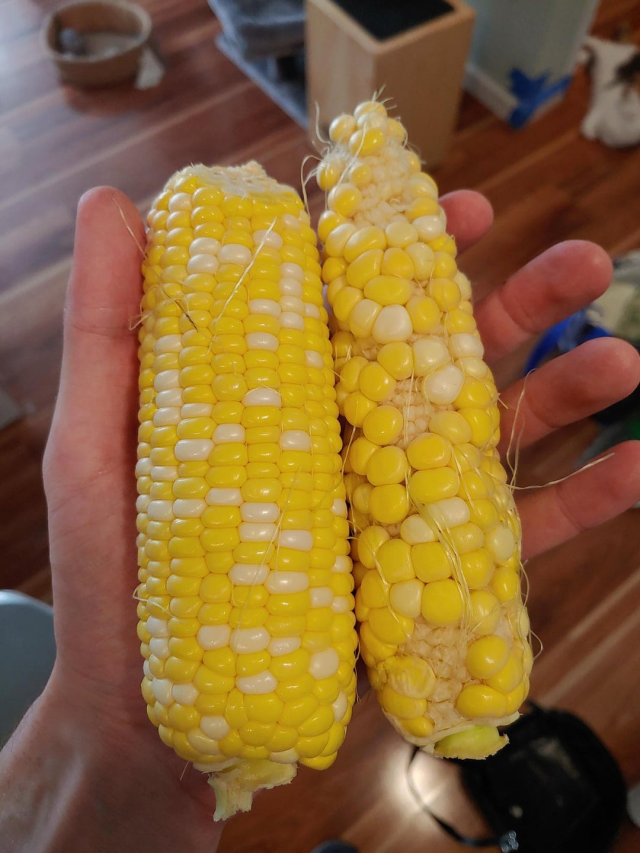
In the 1700s, corn cobs were a common alternative to toilet paper. This method was actively used by the settlers of North America. They were soft enough and could be used in unlimited quantities.
Sand 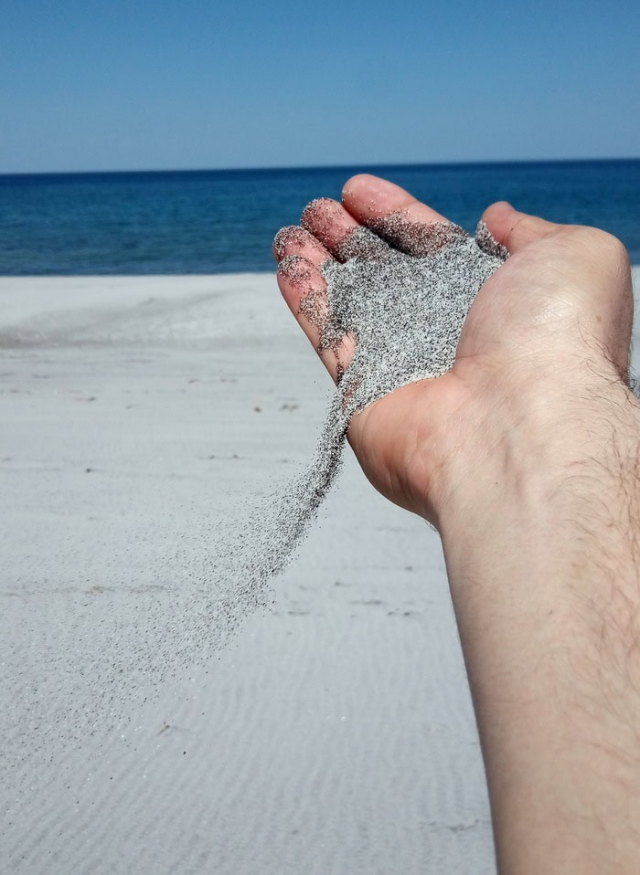
Residents of warm countries used sand and dried mud for cleansing.
Shell 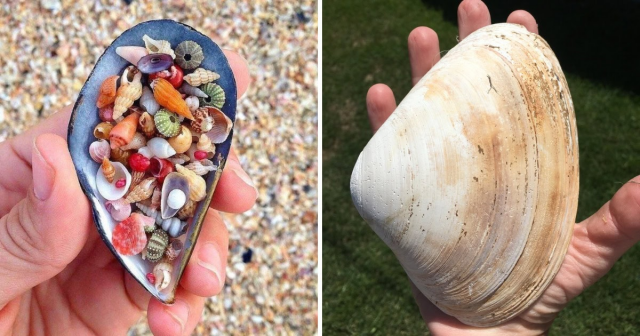
People who lived on the islands often used shells or rounded stones. Coconut shells were used less often.
Round stone 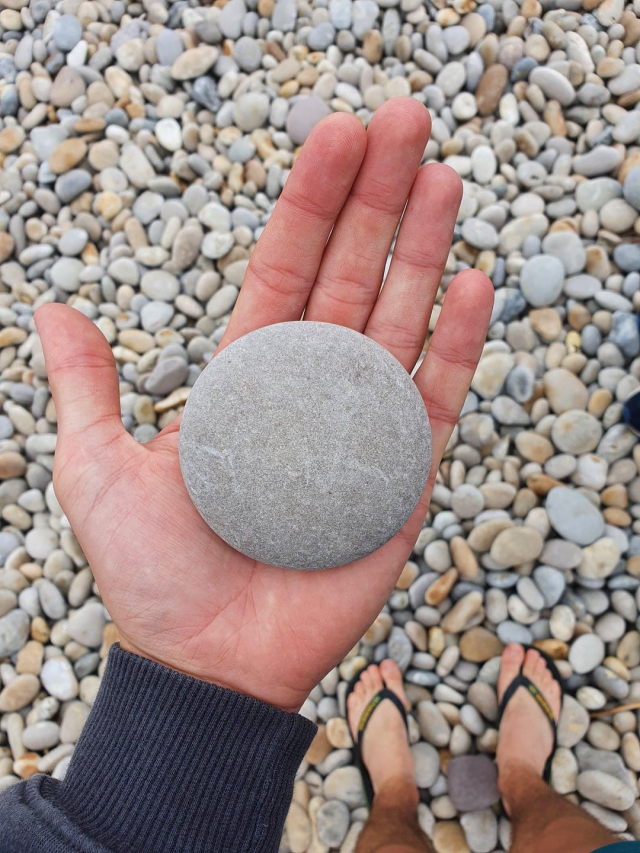
Round, small pebbles used as a hygiene product are sometimes mentioned in the Jewish Talmuds. They were carried with them in a special bag, and after use they were simply rinsed with water.
Moss 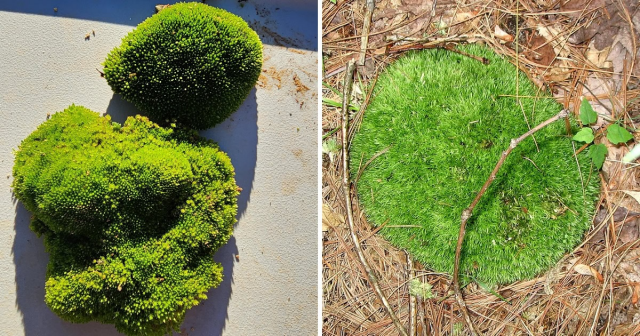
In the Middle Ages, various nationalities willingly used moss and other suitable plants.
Wooden sticks or chuugs 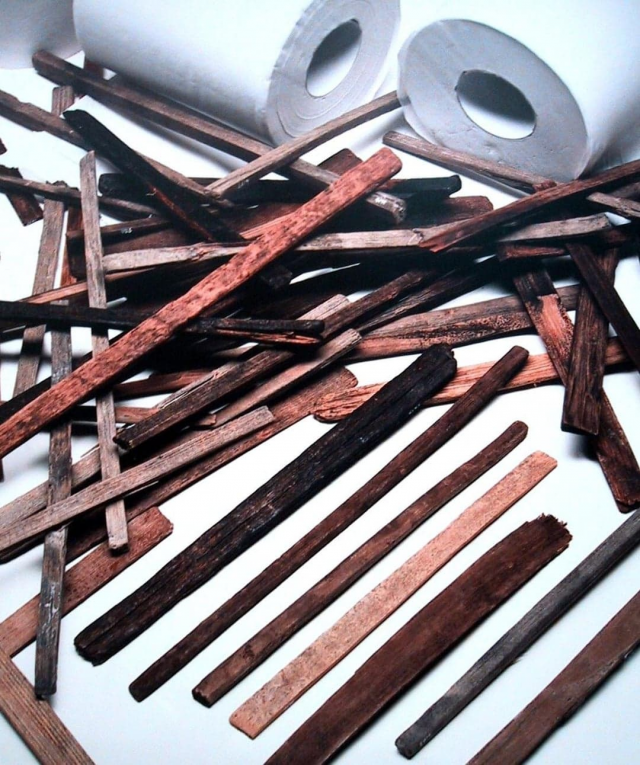
In Japan in the 8th century AD, people used special hygiene sticks, which were made from bamboo. They were no less popular in China. This cleansing technique originated when monks and missionaries brought Buddhism to the countries (by the way, it is a purely Indian custom). The main advantages of the sticks were their availability and the ability to be reused after processing.
Ceramic fragments 
The Greeks and Romans willingly used round-shaped ceramic products instead of toilet paper. They were called pessoi or ostraci.
Wool 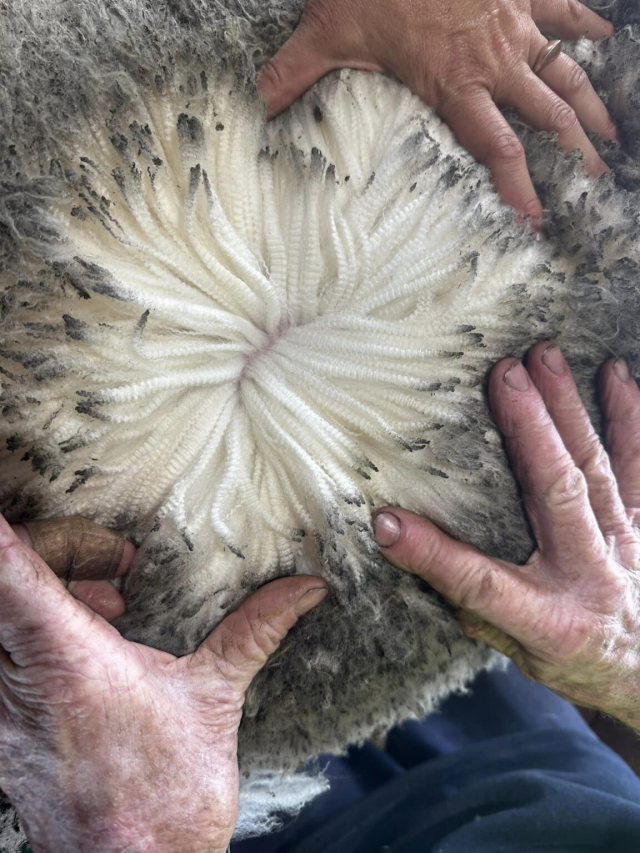
The wealthy ancient Romans used animal hair instead of sponges. They soaked it not in vinegar, but in a bucket of rose water. And this hygiene product was purely individual.
Snow 
Residents of cold countries used snow for hygiene procedures, which sounds quite refreshing. It is worth saying that this technique has survived to this day. It is actively used by Eskimos and representatives of other northern peoples.
Rope 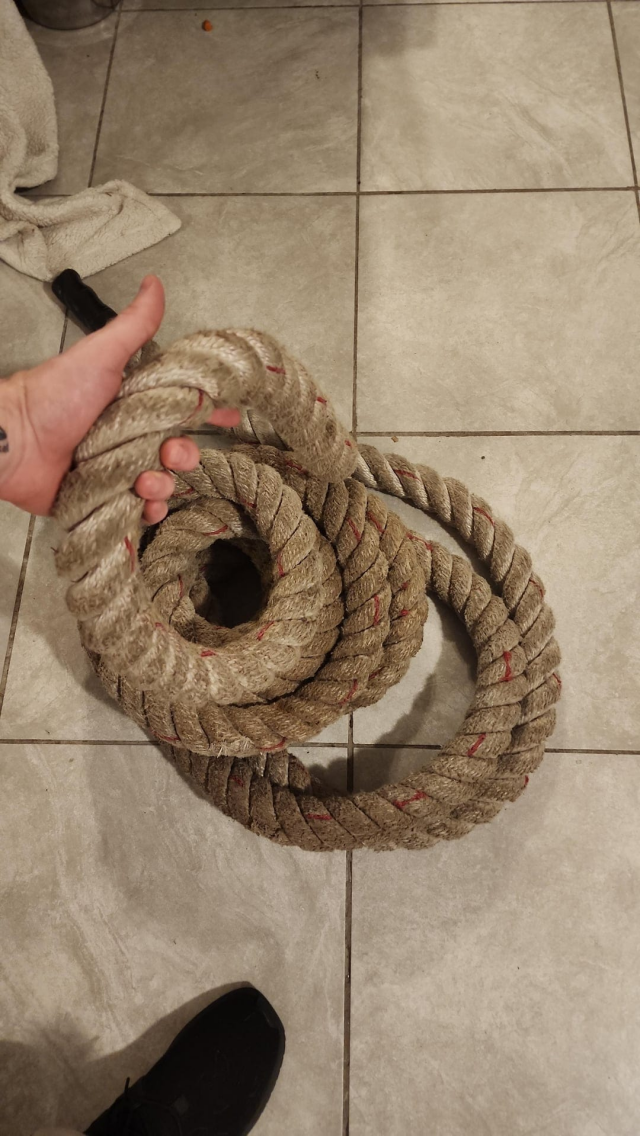
Sailors from different countries used a frayed piece of rope. He was tied to a part of the ship used as a toilet and remained permanently in the ocean water. After relieving themselves, the sailors threw the rope into the water, thus allowing it to cleanse itself.
























